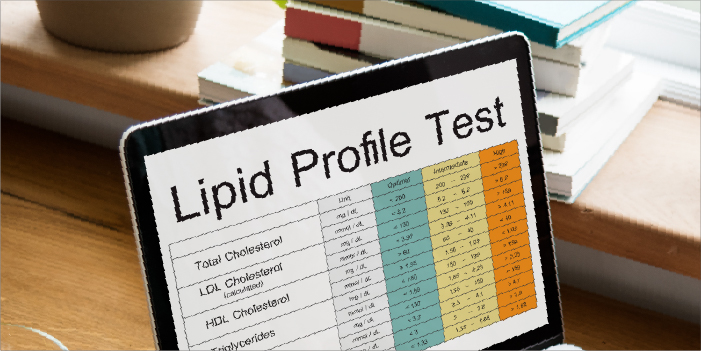You might have heard of the lipid profile test, but how much do you know about it? This blood test shows the level of lipids in your body and determines how high they are. It tells your doctor whether you’re at risk of developing heart problems, especially if the levels are too high.
A lipid profile test involves the use of blood tests to evaluate your risk or susceptibility to ailments related to high cholesterol.
This article will focus on those uses and explain what it involves, besides discussing the many benefits of having this kind of test performed if you have an elevated risk of cardiovascular disease or other conditions related to high cholesterol levels in your body.
What Is the Lipid Profile Test?
The lipid profile test, otherwise known as the lipid panel or lipids test, can determine your cholesterol levels, triglyceride levels, and HDL cholesterol level. We run the test to evaluate your risk or susceptibility to ailments linked to high cholesterol and cardiovascular diseases. If your cholesterol is normal, you should still get this test because it will tell if your numbers are on the low side.
Here are some of the most common lipids and their significance to heart disease, if any:
- HDL-high-density lipoprotein: HDL is one of 5 types of cholesterol measured in your blood test. The higher your HDL cholesterol level, the better it reduces the risk of heart disease, whereas low levels of lipoprotein increase that risk.
- LDL-low-density lipoprotein: The body requires fat and cholesterol to function well. Low-density lipoprotein is a type of cholesterol that can build up in the bloodstream. If LDL levels are high, plaque may grow on artery walls, reducing blood flow and increasing heart disease risks.
- VLDL-very-low-density lipoprotein: This lipoprotein transports triglycerides from the liver to other tissues. Humans make molecules of VLDL in the liver, which converts excess cholesterol into triglycerides and packages them with proteins and apolipoproteins (e.g., apoB) to form VLDLs, which subsequently enter the bloodstream.
- Triglycerides: These are a type of fat in your blood that affects how you absorb fatty foods, how much fat you store inside your body, and how fast you break down food. Triglycerides are high in people who consume more calories than they burn (which means nearly everyone). If they’re over 200 milligrams per deciliter of blood, it may be a cause for concern; ask your doctor if you should make any lifestyle changes or if you need further treatment.
- Total Cholesterol: Total cholesterol is the sum of all the cholesterol in your bloodstream. Health care providers usually measure the levels in milligrams per deciliter (mg/dL).
What are the symptoms of high cholesterol in adults?
The symptoms of high cholesterol in adults include:
- Fatigue
- Weakness
- Muscle aches
- Loss of libido
- Weight gain
- Memory issues
- Mood swings
More severe cases could lead to severe problems like a heart attack or even death. Therefore, it is vital to monitor your cholesterol levels and have a lipid profile test done at least once every two years.
Indicators to take a lipid profile test
Most often, healthcare providers recommend lipid profile testing for a person who has an existing high risk for heart disease. It can be from a history of coronary artery disease or people with Type II diabetes. Anyone older than age 20 who is at high risk because of family history or other factors may also order them. Doctors may also require a lipid panel if someone complains of chest pain or shortness of breath. The test will provide important information about cholesterol levels, which helps decide whether that individual needs treatment with cholesterol-lowering drugs or lifestyle changes to reduce risks for cardiovascular disease.
Related: Health and wellness – why your employees are your most important asset.
Benefits of a lipid profile test
The primary reason for getting a lipid profile is to help identify your risk of heart disease, stroke, or diabetes. Blood containing high levels of these substances is hazardous. For example, 200 mg/dL is optimal for total cholesterol, while anything below that number is good. An individual with a TC between 160 and 199 mg/dL has elevated cholesterol, which does not mean he’ll have health issues right away. Someone with high LDL-C (bad cholesterol) is at a higher risk of developing cardiovascular disease than people with low levels.
How to perform a lipid profile test
If you’re wondering how to perform a lipid profile test, here’s a basic overview. To do so, your healthcare provider, called a Phlebotomist, will prick your finger with a lancet (tiny needle), then squeeze a drop of blood onto a plastic card. The Phlebotomist will add a few drops of the buffer to mix and make an indentation on the card. Once that’s done, you’ll place it in an analyzer machine. Next, the doctor will take a larger blood sample from you using a syringe and tubes for collection. The health specialist will run this sample through separate machines that evaluate triglycerides, LDL cholesterol, and HDL cholesterol levels.
Risks and precautions associated with the lipid profile test
Lipid profile testing isn’t invasive, but you might experience some tenderness in your arms. If you experience chest pain or discomfort during your lipid profile test, let a doctor know right away.
How can you improve your cholesterol levels?
There are many ways to improve your cholesterol levels, including maintaining a healthy diet, regular exercise, and weight loss if needed. Also, lifestyle changes such as quitting smoking or moderating your alcohol intake can go a long way in reducing stress levels. Consult with your doctor before changing your diet or adding supplements. There are also pharmaceutical drugs that can help improve high cholesterol levels.
In summary, if you have a history of high cholesterol or other heart-related problems, you may opt to get this test regularly. If you have a higher risk for cardiac issues, take your lipid profile test by visiting our Life Check centre to either reduce or prevent it, allowing you to live a healthier, fuller life.







No Comments